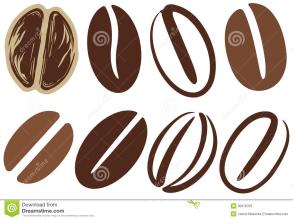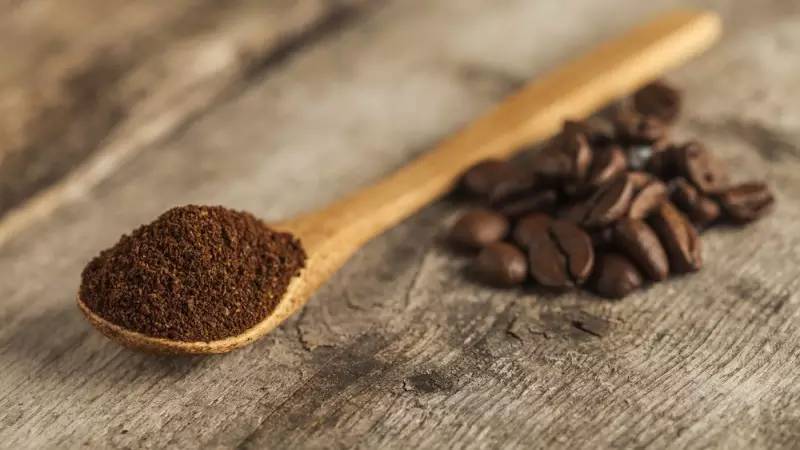How to correctly use V60 hand coffee utensils V60hario Japanese coffee maker
Features of V60 hand washing filter bowl
With the V60 hand brew bowl, you can control many variable factors in the coffee making process at will, and its adjustability is much higher than any drip coffee machine or coffee pot on the market. The high performance of the V60 comes from three main features of its own design:
1. The four walls of the filter bowl are inclined at an angle of 60°, which makes it easier for water to flow to the center of the filter bowl and increases the contact time between coffee powder and water;
2. The filter bowl has only one outlet, which allows the user to adjust the taste of the coffee by controlling the water flow rate;
3. Filter bowl four walls spiral ridge neatly arranged to maximize squeeze excess air, ensure uniform distribution of coffee powder.
The two main factors that the user can control during coffee brewing are the fineness of the grind and the speed of water flow. If you pour more slowly, the coffee will taste richer; if you pour too fast, the coffee will taste flat and thin.
The fineness of the grind also affects the taste of the coffee. If the coffee powder is ground more finely, the water will filter the coffee powder slower.
Combining the above two factors, we have summarized the following rules:
1. Uniform flow + fine grinding = moderate body
2. Slow flow + fine grinding = full body
3. Constant flow + medium grind = light taste
4. Slow flow + medium grind = lighter taste
It should be noted that coffee powder grinding can not be too fine, otherwise it will lead to water outlet blockage.
How to use the V60 hand rinse bowl like an expert
V60 hand washing bowl can give users great imagination and play space, you just need to remember the following basic steps, and then be free to combine.
Before making coffee, you need to prepare:
1. Boil high-quality water to 90-96℃ (if no thermometer, just wait patiently for 30-45 seconds after the water boils);
2. Fold the filter paper from the seam;
3. Wet filter paper and bowl with hot water. This process not only removes paper smell, but also preheats it. Note: If this step is skipped, the cold coffee powder will be exposed to hot water instantaneously, resulting in insufficient extraction.
Important Notice :
前街咖啡 FrontStreet Coffee has moved to new addredd:
FrontStreet Coffee Address: 315,Donghua East Road,GuangZhou
Tel:020 38364473
- Prev

Advantages and disadvantages of coffee roaster the formula of Italian bean blending of coffee roaster in the market
There are three types of coffee roasters on the market: Direct Fire Roaster, Half Hot Air Roaster, Hot Air Roaster, and there are a variety of commercial coffee bean roasters. Such as PROBAT, Diedrich, San Franciscan, Toper, Garanti, Has Garanti, Joper, Proater, Lori
- Next

The requirements of coffee flower for milk foam to judge the Italian style of milk foam with the Brazilian flavor of coffee beans
Milk foam element one: refrigerated milk is best refrigerated, about 5 degrees Celsius, the heat brought by the coffee machine steam can complete the formation of foam before the milk temperature goes up, on the contrary, the normal temperature is normal temperature milk, especially in summer, this makes the room for temperature rise is very limited, often in the steam shortly after the thermometer indicates 65 degrees. Milk foam factor 2: the amount of milk is drawn in the coffee.
Related
- Beginners will see the "Coffee pull flower" guide!
- What is the difference between ice blog purified milk and ordinary milk coffee?
- Why is the Philippines the largest producer of crops in Liberia?
- For coffee extraction, should the fine powder be retained?
- How does extracted espresso fill pressed powder? How much strength does it take to press the powder?
- How to make jasmine cold extract coffee? Is the jasmine + latte good?
- Will this little toy really make the coffee taste better? How does Lily Drip affect coffee extraction?
- Will the action of slapping the filter cup also affect coffee extraction?
- What's the difference between powder-to-water ratio and powder-to-liquid ratio?
- What is the Ethiopian local species? What does it have to do with Heirloom native species?

